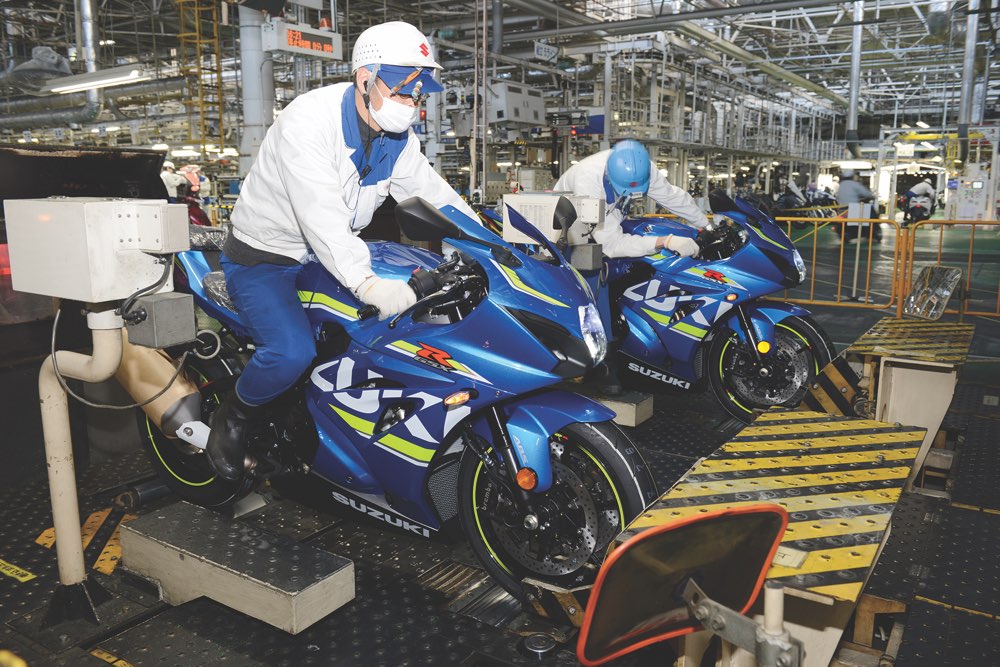
Introduction
Owning a motorcycle is a thrilling experience. However, it’s disheartening when you notice a scratch on your bike’s shiny surface. Understanding how to fix paint scratches on a motorcycle becomes essential for maintaining its overall appearance. Fortunately, with todays advancements in technology, fixing these scratches has become more accessible and efficient. In this article, we will explore detailed steps to address this issue.
Why Fixing Scratches Is Important
Scratches on your motorcycle are not just an eyesore. They can lead to further damage if left unattended. Moisture and dirt can seep into the scratch, causing the paint to peel and rust to take over. Thus, knowing how to fix paint scratches on a motorcycle is not just about aesthetics but also about preserving your bikes integrity.
Gathering Your Tools and Materials
Essential Tools
Before diving into the repair process, ensure you have the following tools:
- Microfiber cloths
- Cotton swabs
- Sandpaper (various grits)
- Polishing compound
- Touch-up paint
- Primer
- Clear coat
Advanced Tools
For those who want to achieve a professional finish, consider using advanced tools:
- Orbital polisher
- Paint thickness gauge
- Infrared curing lamp
Types of Paint Scratches
Surface Scratches
These scratches affect only the clear coat and don’t reach the paint layer.
Paint Scratches
These scratches penetrate the clear coat and reach the paint layer.
Deep Scratches
These scratches go through the paint and may reach the metal bodywork.
Step-by-Step Guide to Fixing Surface Scratches
Cleaning the Area
Start by cleaning the scratched area with soap and water. Use a microfiber cloth to dry it.
Buffing the Scratch
Use a polishing compound and a microfiber cloth to gently buff the scratch in a circular motion.
Checking the Results
After buffing, check if the scratch is still visible. Repeat the process if necessary.
Fixing Paint Scratches
Sanding the Scratch
Use fine-grit sandpaper to sand the scratched area lightly. Always sand in the direction of the scratch.
Applying Primer
Apply a thin layer of primer to the sanded area. Allow it to dry completely.
Painting the Area
Use the touch-up paint to cover the primed area. Apply multiple coats if needed, allowing each to dry in between.
Sealing with Clear Coat
Finish by applying a clear coat to protect the new paint. Buff the area gently after it dries.
Tips for Fixing Deep Scratches
Filling the Scratch
For deep scratches, you may need a filler to level the surface before sanding, priming, and painting.
Using Advanced Techniques
Consider using an infrared curing lamp to speed up the drying process for deep scratch repairs.
Maintenance and Prevention
Regular Cleaning
Keep your motorcycle clean to prevent dirt and grime from causing scratches.
Protective Measures
Apply a paint protection film or ceramic coating to safeguard your bike’s paint.
Conclusion
Knowing how to fix paint scratches on a motorcycle is invaluable for any bike owner. With the right tools, materials, and knowledge, you can restore your bikes appearance and protect it from future damage. Embrace the power of modern technology to achieve terrific results in your repair efforts.

FAQs
Can I use household items to fix scratches on my motorcycle?
While some household items can help with minor scratches, it’s best to use specialized motorcycle repair products for optimal results.
How long does it take to fix a paint scratch?
The time required depends on the scratch’s severity. Surface scratches might take minutes, while deep scratches could take several hours to repair properly.
Are there professional services for fixing motorcycle scratches?
Yes, many professional services specialize in motorcycle paint repairs. However, with the right tools and guidance, you can achieve excellent results on your own.
For further guidance on motorcycle paint care, check out this external resource.
Also, explore our related post on sequencing monitoring, or read about wafer polishing, and don’t miss our article on manufacturing inspection.
